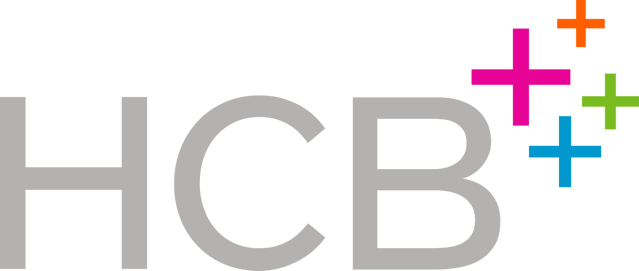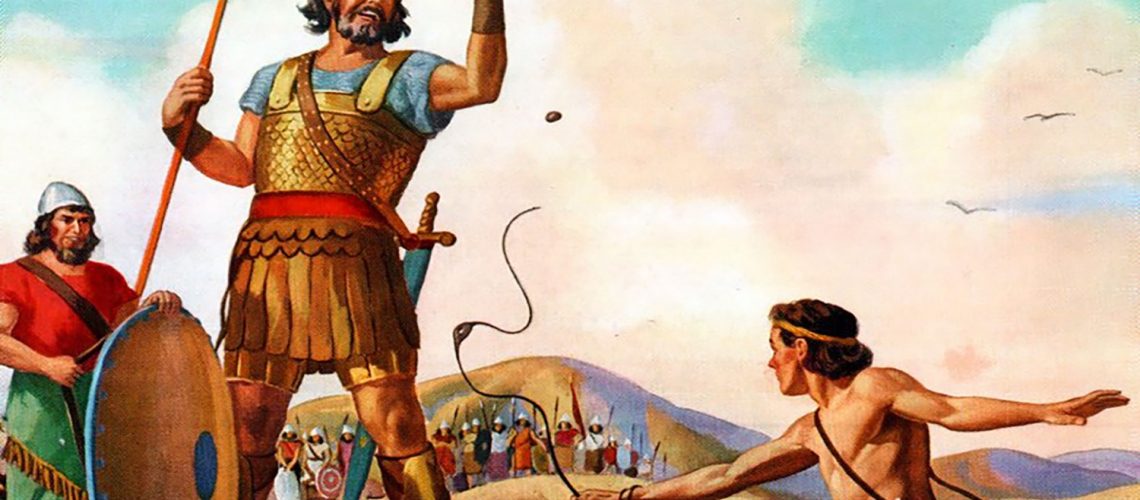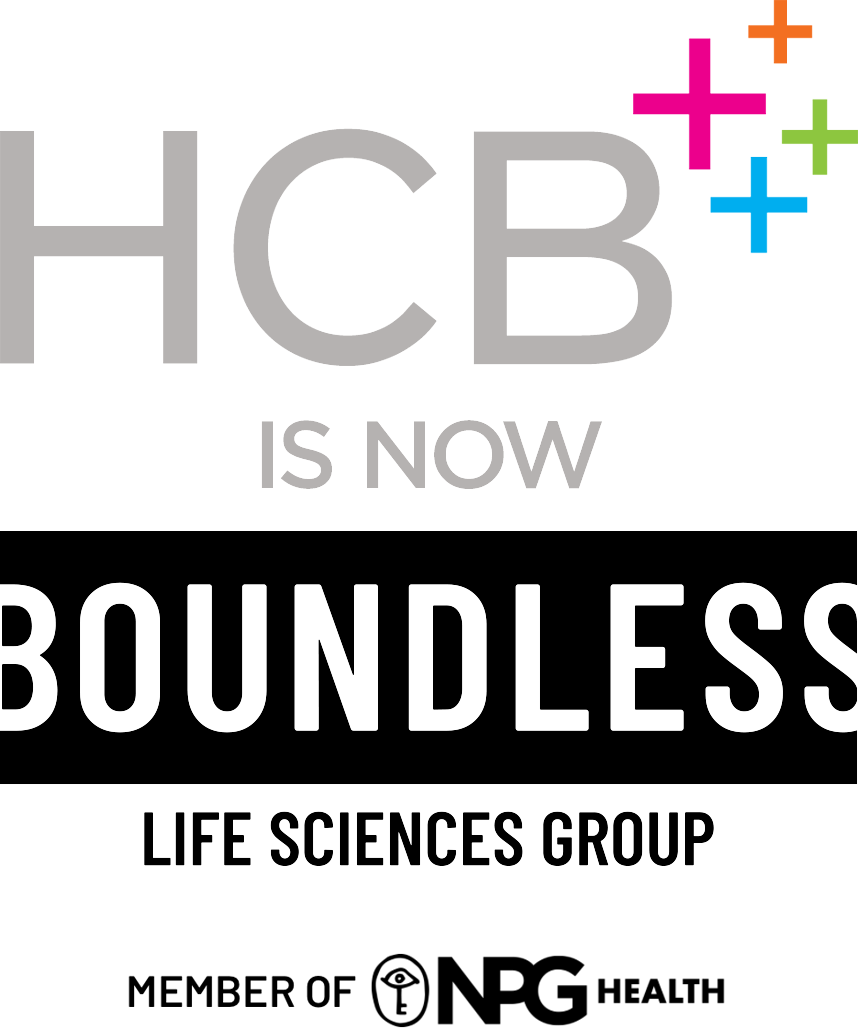Recently, Francesco Lucarelli teamed up with eyeforpharma to write about being an underdog in our industry. The piece sparked conversation amongst the agency regarding how underdogs can fight goliaths in specific areas like digital, media and creative.
We sat down with Chief Digital Officer Colin Foster to talk through the age-old David vs. Goliath tale and how it relates to digital innovations within the medical advertising space.
What are the biggest advantages of being an underdog or upstart company working to break into a space owned by goliaths?
Being the ones who are first to disrupt “the industry.” This garners the Davids’ real street cred and equity that they can use to continue to innovate and disrupt if they play their cards right. Reality is, a lot of the goliaths get big because they were able to scale on the back of a core set of insights and assumptions about their business, about their product, about the service that they provide to their customers. And as they grow, they build out processes to carry these insights and assumptions forward quarter after quarter, year after year. But the downfall is, customers’ needs evolve, insights shift and assumptions must keep pace. Goliaths perpetuate what has worked well for their customers in the past versus what might work for them today and tomorrow.
So, by tracking the customer closely and reading the tea leaves of the marketplace, an underdog can come in and disrupt a goliath’s approach, model, service, the product. So, what does that look like? Well, it means having the ability to nimbly connect with consumers, customers as part of your DNA — but it is not something that big companies are very good at. Or maybe they are simply drafting behind a business model that was historically very profitable, but is showing diminishing returns year over year — problem is, they can’t turn on a dime. The underdog, however, can go in and say we are going to connect with these customers, listen to them in a brand-new way. We are going to throw some innovative approaches at these customers and co-create the future together. Big companies aren’t set up for this. Big companies are siloed. They’re often too regimented and structured.
Disruption comes in having agility to be at the core of your organization, so that you can see where the market is truly at now and take action, so you can keep pace and drive where it’s going next. And the ability to look two steps ahead, for the underdogs — by being nimble in how they listen — allows them to be more nimble in how they engage.
In the last decade, how have things changed for underdogs? Do you feel it’s easier to be an upstart today than it was 10-15 years ago?
Yeah, I think so. My gut reaction is yes, because 10 or 15 years ago you did not have the visibility into market niches. In healthcare, everyone was looking for the next blockbuster, so everyone was still gunning for the lowest common denominator, message, audience, molecule. This model was built around the notion that they could or would be the biggest bang for their buck and create billion-dollar products. They had to build monolithic products, audiences, budgets, processes just so they could scale. Today, the market is very different: Huge progress in genetics has enabled precise disease targetability, research strategy is being adjusted to keep pace, the internet has enabled patients and caregivers to build communities around really specific conditions and diseases — in fact, the whole media landscape has shifted to allow people to share and access information with greater precision and specificity. From a marketing and communications perspective, social has been a key part of the change, but not exclusively so. Paid digital media has enabled us to get into niche areas and reach these audiences. Same goes for influencer identification and engagement, which have evolved to help us reach audiences with greater precision. Because of all these shifts, if you’re really listening to your market today, you can better understand it, segment it to a much more niche level and then connect with those audiences. Basically, you can go to the market in a more nimble, agile way, which was something you couldn’t do nearly as effectively 10 to 15 years ago.
It’s just about your ability to harness the audience behavior, understand your target, understand how influence works, so that you can really get into the heartbeat of a community where people care — and then partner and build with them in an agile way, co-creative way. You couldn’t really have done this a decade ago, because the platforms and the environment weren’t set up for it.
In your area of expertise, what’s the best way for an underdog to gain market share when up against a goliath?
A couple thoughts. One is to look for their blind spots, their Achilles heel. Those are often the white space opportunities for the Davids. The goliath is often directing their messaging and engaging with an audience at the lowest common denominator. They’ve got a rigid script, a fixed narrative and messaging that they use to keep connecting with their audience, but if you step back and look at the same audience, you can see what else they are talking about and what else they care about. Those are white space opportunities for you to insert yourself to disrupt the space. Think of it as a kind of gap analysis to understand what people are asking for via search and ongoing conversation versus available content from competitors, advocacy, etc. This approach helps you understand what is not already being addressed by the current marketplace. Use these opportunities as “on-ramps” to join the conversation and drive engagement.
The second is the influencer dynamic. I often talk about the 1-9-90 model. Where 1% owns the conversation, 9% amplifies the conversation, effectively reaching the 90% who are lurking and learning. By studying and understanding the 1% influencers and their content, getting to know precisely who they are, then understanding the behaviors of the 9% to see what triggers engagement, when combined, this is part of your disruptive doorway to displacing the goliath. Traditionally, they have so much paid media going out to maintain and drive their share of voice, they lose sight to truly understand who is driving the conversation around them.
Having worked on both goliath and underdog brands, do you prefer one over the other? Why?
Who doesn’t like an underdog? It’s a human condition to want to see the underdog win. It requires scrappiness, disruptive thinking, pushing yourself into areas you might not be as comfortable so you can drive change. I think the underdog story is overall more appealing and fun to live.
Coming back to the question, I think if there is a goliath on the market and you are an underdog, but just a basic copycat, a third-line “me too,” that gets less interesting. But, if the underdog is a net new, game-changer product or service, or even second to market, then I’m all in.
Are there any underdogs who have inspired you recently? What was it about their efforts that caught your eye?
Top of mind, I think of ride sharing. At first, Uber was the underdog to taxis/regulations/unions/mindset.
Now that the market has shifted in urban settings in the Americas and the EU, Lyft is now the underdog to Uber. Uber’s underdog status came in the form of major disruption. Lyft’s status is more connected to being the more “human, relatable” brand.
It represents a paradigm shift. The space is still evolving, as we know, but it exemplifies a whole new approach to how to be a disruptive market concept paving the way for other aspects of the sharing economy: house sharing, skill sharing, knowledge sharing, etc.


